POLARIC-500c6F is solvatochromic dye developed for cell staining. Solvatochromic dye is fluorophore which fluorescence spectrum changes upon polarity of the surrounding solvent.This reagent is modified with alkyl-group which has affinity to cell membranes. Its fluorescence spectrum changes on the membrane lipid component. In most cases, cell membrane and mitochondrial membrane can be distinguished by the difference of fluorescence spectra.
Because POLARIC-500c6F has a similar structure with lipids, hydrophilic and hydrophobic parts of POLARIC-500c6F orient in pospholipid double membranes. Then POLARIC-500c6F disperses in the membrane to emit strong fluorescence.


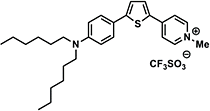


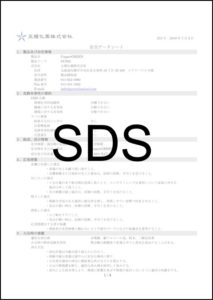




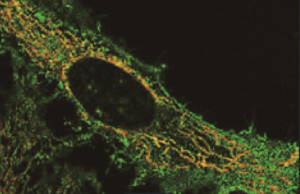
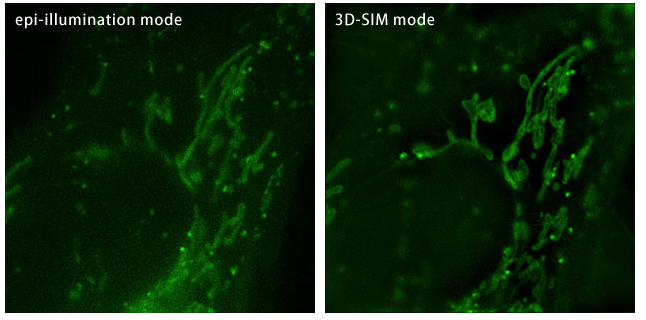

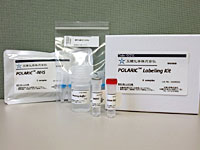

 Contact Us
Contact Us
